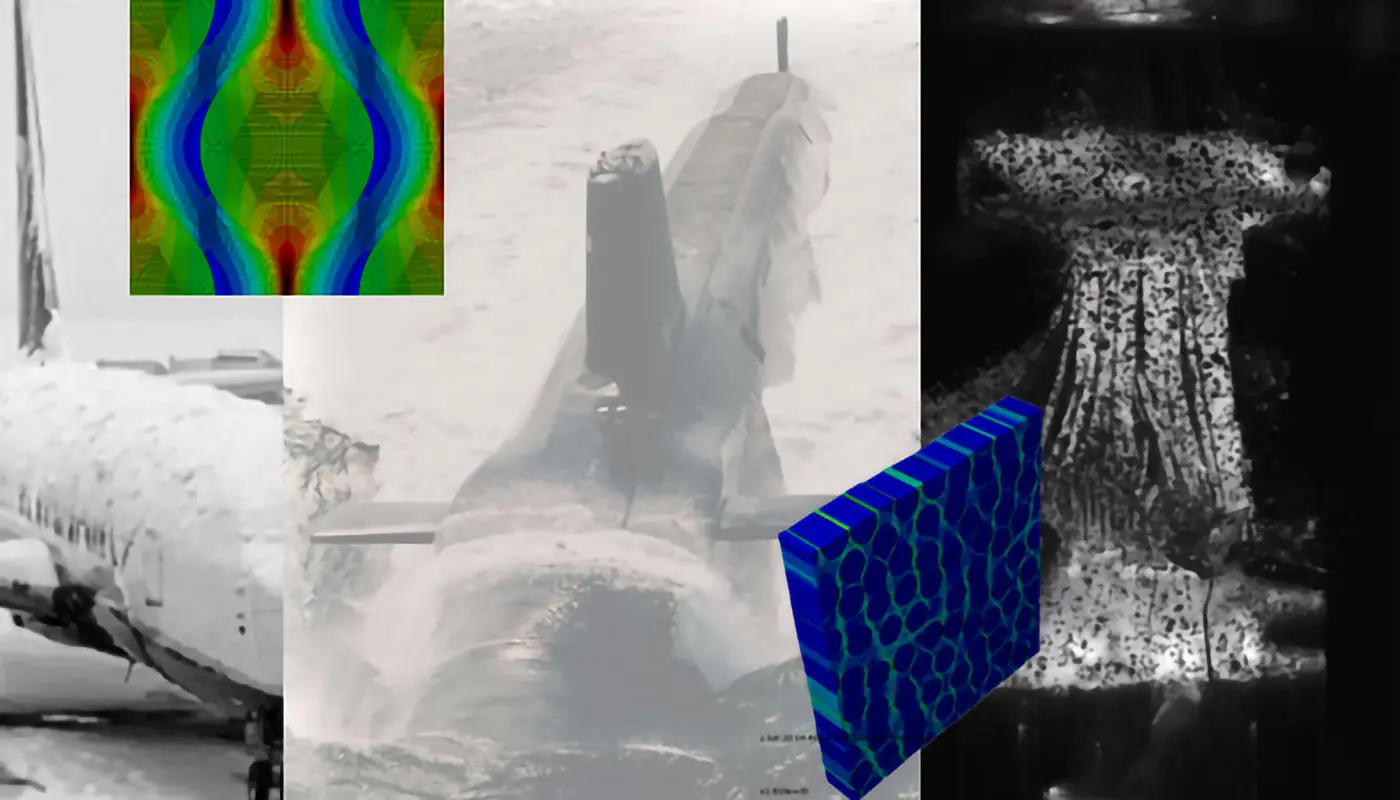COMPOSITES UNDER EXTREME ENVIRONMENTS: EFFECTS OF STRAIN RATE AND HUMIDITY

PhDAER Seminar Tuesday, June 25, 2024, at 10:00 - Dipartimento di Scienze e Tecnologie Aerospaziali, Politecnico di Milano, Sala Consiglio DAER, Second Floor, Campus Bovisa, Via La Masa, 34, Milano (MI)
Polymer-reinforced composite materials offer significant advantages over metals, including multifunctionality, lightweight characteristics, and resistance to corrosion.
While corrosion is not a concern with these materials, other degradation mechanisms can arise under in-service conditions.
For instance, in marine and aerospace applications, humidity can have detrimental effects on the mechanical performance of structures over time.
Additionally, dynamic loads, such as those from bird or hail strikes, present further challenges that need to be addressed.
This seminar will address two critical challenges: (i) the degradation of mechanical properties of composites due to humidity exposure, and (ii) the strain rate-dependent behaviour of these materials.
A micromechanical modelling framework was developed from the experimental results.
This framework has proven effective in capturing and predicting the adverse effects caused by prolonged exposure to humidity.

Speaker:
Dr. Gustavo Quino is an Assistant Professor in Structural Analysis and Materials at Imperial College London, where he is affiliated with The Composites Centre. His research primarily focuses on the mechanical behaviour of composite materials under harsh environments and dynamic loading conditions. Dr. Quino earned his PhD in Engineering Science from the University of Oxford. He previously served as a Senior Research Associate at the Bristol Composites Institute, one of the world's leading centres for composites research. He has extensive experience in multi-scale experimental and modelling techniques for advanced composite materials, particularly regarding their strain-rate dependent response. His research interests encompass mechanical characterization, experimental mechanics, micromechanical modelling, impact behaviour, digital image correlation, and instrumentation.
21.6.2024